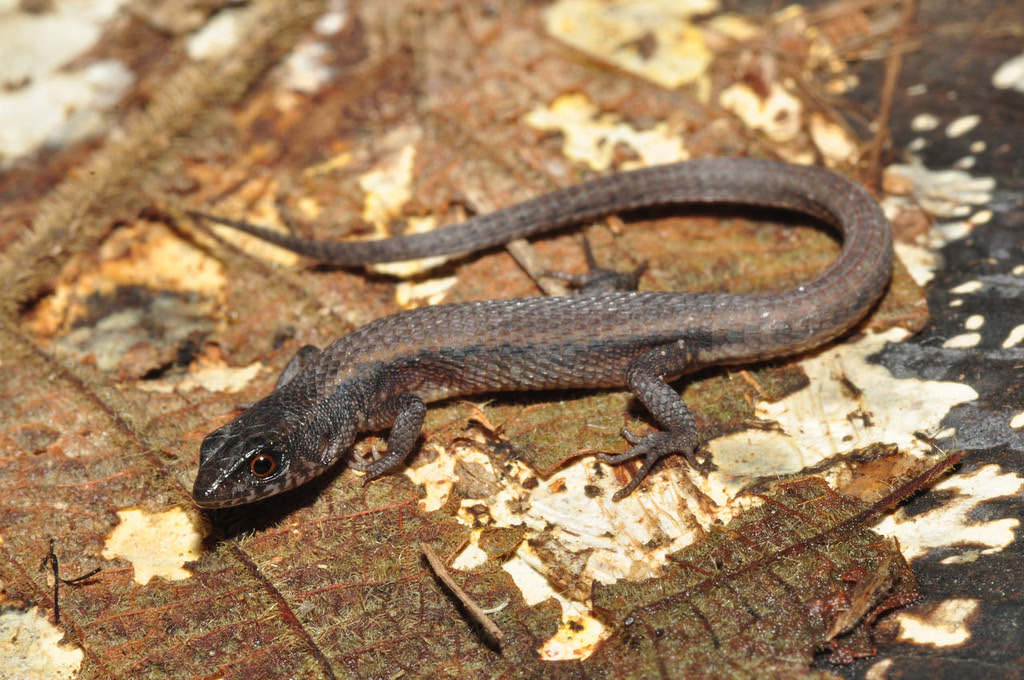
Specimens began being collected in 2005 up until 2013 and were stored in a Brazilian herpetology institute for morphological analysis. They also were able to use specimens previously collected by others and stored at a nearby zoological center. In total sixty six specimens were available for examination, forty four males and twenty two females. They examined the lizards by taking digital pictures using a camera connected to a stereomicroscope and using Adobe photoshop to take precise measurements. Twenty measurements were taken on all specimens observing various scale and body feature widths and lengths. Of these twenty different measurements eleven showed sexual dimorphism, with males being the larger of the two sexes, most notably head width. And females had selection towards having longer body lengths. Interestingly sexual head size dimorphism is a phenomenon that is also seen in other members of the spectacled lizards' family Gymnophthalmidae. This selection is said to be explained by aggressive behavior between males, biting during copulation, and differing diets of males and females. Longer bodies in females also has it's own definiton, sexual size dimorphism, and is said to be explained by advantages in fecundity for longer (larger) females. This is the first time both of these phenomenon have been documented in this species. More importantly geographic morphological variation was observed in parietal head scales, but distance between differing specimens did not seem to have an effect, so other factors may be the cause of morphological differences. The study concluded that although morphological differences were observed, the rivers between them appeared to have little influence, but further examination from a genetic standpoint and better phylogenetic understanding may be necessary for a more conclusive answer. If you want to know more check it our for yourself at http://www.bioone.org/doi/abs/10.1670/12-124
1 comment:
Cool article - thanks for telling us about it!
Post a Comment